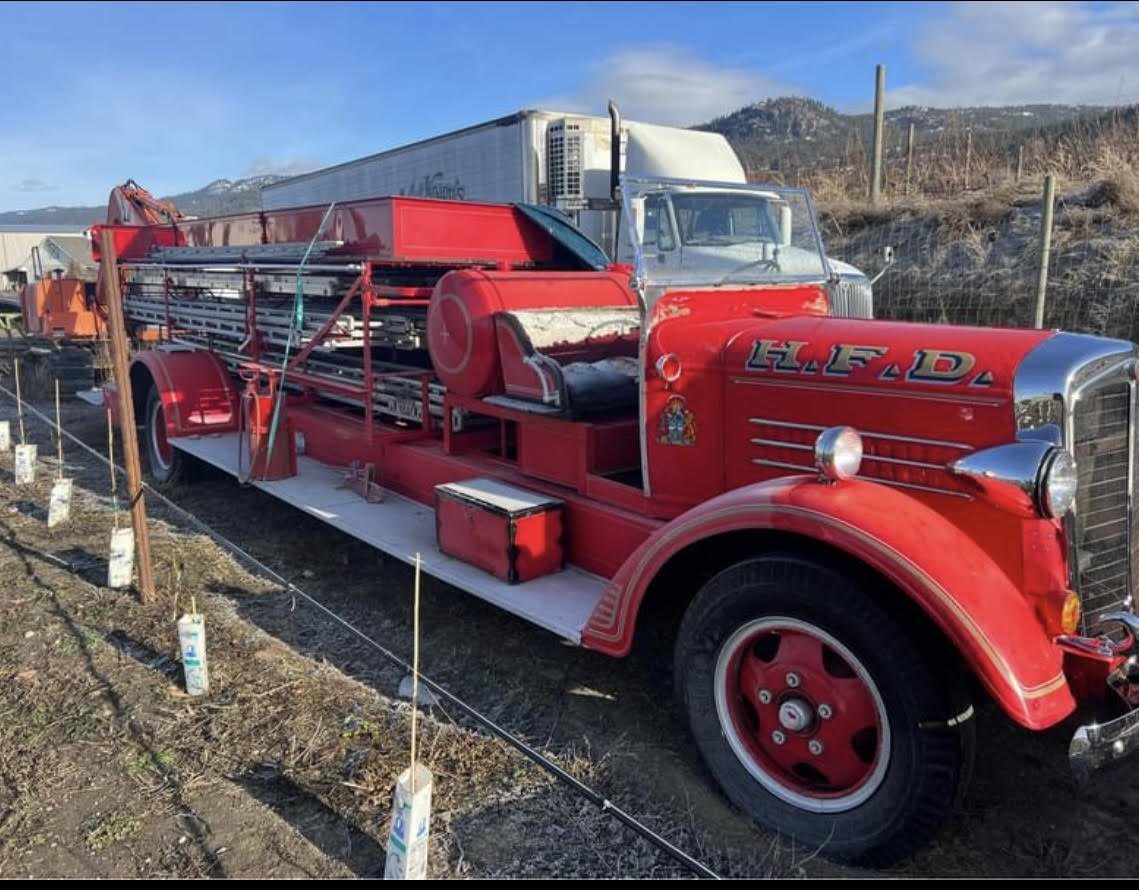AVRO ANSON BOMBER IN MARMORA
/CORRECTION: Chris Charland adds: I would like to bring to your attention to the fact that the aircraft that crashed was actually a Cesnna Crane Mk. IA s/n 8842. It was assigned to the Central Flying School at R.C.A.F. Station Trenton at the time of accident. Schofield was the Second Pilot during the night cross-country flight. LAC Dunphy was an Electrician by trade in the Air Force. The Royal Air Force pilot's full name is Richard Geoffrey Long.
MARMORA HERALD April 27, 1944 Crash date - Feb. 17, 1944
Missing from Trenton base since early February, an Avro Anson bomber was discovered Thursday after- noon in the bush land, 11 miles northwest of. Marmora. Finding of the wrecked plane, which had been the object of an extensive aerial and ground search since its disappearance during a training flight more than two months ago, occurred as the result. of chance. According to the story from Marmora, the plane was found in the district between Twin Lakes and Beaver Creek. Thursday afternoon a number of airmen visited the scene of the wreck and removed the three bodies. A guard was set over the wrecked plane until a wrecking crew could start work to bring it out.
Ken Broad wrote to Brock adding , “As I remember the night of the crash, someone from Cooper phoned Trenton airbase that they had seen fire north of Cooper. My dad was contacted at the Madoc Armouries and was asked to meet the pilot of a Norseman ski equipped aircraft and fly with him to search the area. They spent about a week searching to no avail. I vividly remember as the Norseman made a low pass over Cedar public school each day.”
From Wikipedia, the free encyclopedia: The Avro Anson is a British twin-engined, multi-role aircraft that served with the Royal Air Force, Fleet Air Arm, Royal Canadian Air Force and numerous other air forces before, during, and after the Second World War. Developed from the Avro 652 airliner, the Anson, named after British Admiral George Anson, was developed for maritime reconnaissance, but found to be obsolete in this role. It was then found to be suitable as a multi-engined aircrew trainer, becoming the mainstay of the British Commonwealth Air Training Plan. By the end of production in 1952, a total of 8,138 had been built by Avro in nine variants, with a further 2,882 built by Federal Aircraft Ltd in Canada from 1941.
Avro- Anson trainer, taken from another similar aircraft. These were air planes from the 31 General Reconnaissance School at Charlottetown, PEI. These trainers had dual flight controls, so the instructor could gain control, if necessary. The Avro was mobilised as an aerial scarecrow, a deterrent to German submarines. Likely, this photo was taken illegally, at the time.
Twyla-Mae Harris Silk added: AVRO is where my parents met and fell in love while my dad was putting the wings on the Arrow and Mom was working in the cafeteria! Hail Hail to AVRO!!!!!
Wayne Van Volkenburg wrote: During WW2, my father-in-law was posted at the base on PEI. He trained pilots to fly the Anson aircraft. These attained skills were then used to fly their bombers. After reading the book "Behind The Glory" by Ted Barris, I became aware of the commonwealth-wide training scheme based in Canada that supplied the Allied air war with nearly one quarter million qualified airmen. Many lives were lost in this training process that contributed greatly to the war effort.
Flt-Lt Thomas Schofield
Flight Lieutenant Thomas Schofield
































